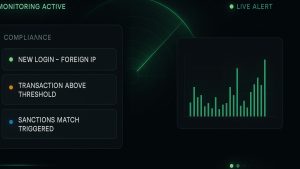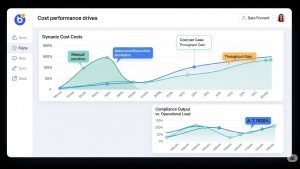For banks, adopting regtech is no longer a question of if, but how.
Amid growing regulatory complexity, heightened AML expectations, and pressure to reduce operational costs, banks know they need smarter compliance infrastructure. But the fear is real: Will adopting regtech mean giving up control?
In 2025, that’s a false choice. Modern regtech platforms aren’t here to replace governance—they’re built to enhance oversight, increase transparency, and reduce friction.
This article explores how banks can adopt regtech confidently, without losing control of risk, compliance, or accountability.
Why Legacy Systems Are Holding Banks Back
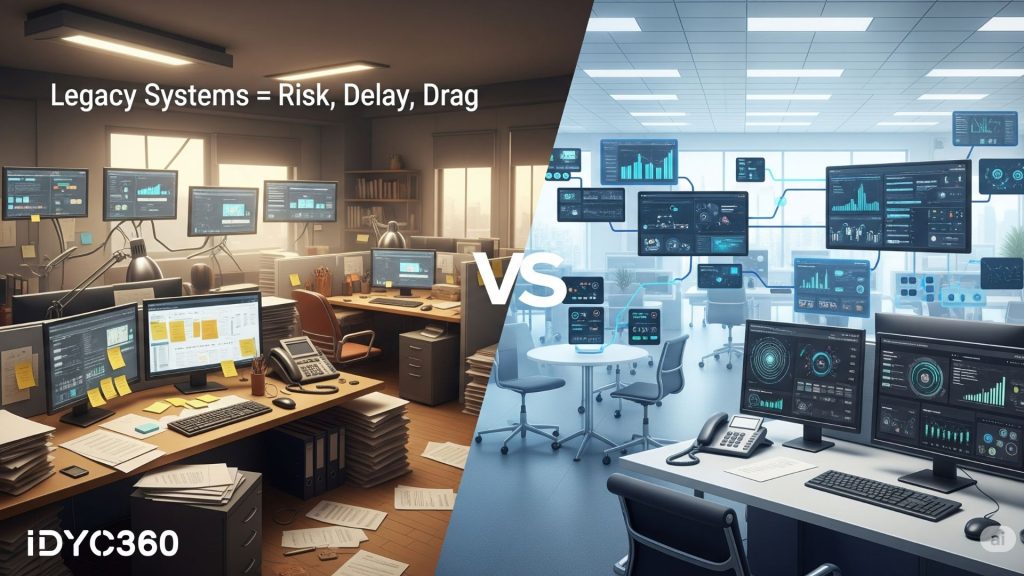
Traditional compliance architecture, often decades old, is hardwired for static rules, fragmented teams, and manual processes.
Symptoms of legacy drag include:
- Multiple disconnected tools (onboarding, screening, monitoring)
- Redundant data entry and duplicated alerts
- Manual SAR generation with no audit traceability
- Delayed responses to sanctions or PEP list updates
- Inefficient reviews due to a lack of behavioral context
These inefficiencies don’t just slow down operations; they expose the bank to regulatory, reputational, and operational risk.
Modern compliance problems need modern, integrated, and intelligent solutions. Regtech delivers just that—if implemented the right way.
Regtech Doesn’t Replace Oversight; It Enhances It
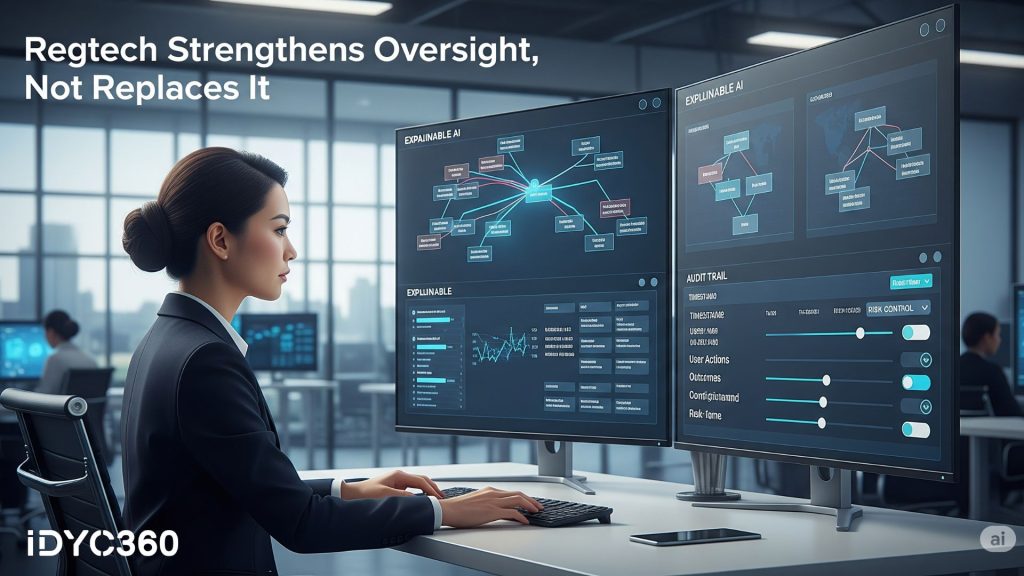
The fear that regtech automates away control is outdated.
The best platforms are built for supervised automation, not black-box decisioning. That means:
- Clear visibility into rules, thresholds, and logic
- Granular controls over workflows and escalations
- Explainable AI with human-readable rationale
- Complete audit trails for every decision
- Configurable policies aligned with internal governance
In short, regtech doesn’t remove oversight; it makes it visible, scalable, and defensible. It turns compliance from a black hole into a glass box.
The Transition Is Evolution, Not Replacement
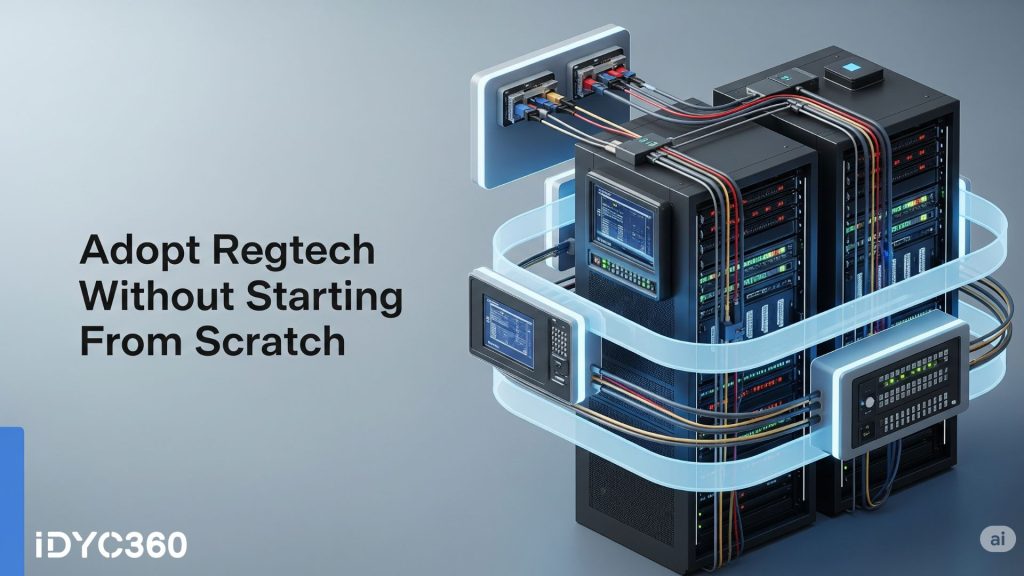
One of the biggest misconceptions? Adopting regtech means ripping out everything and starting over.
In reality, smart regtech platforms are modular and API-first. They sit on top of or alongside existing systems and deliver value immediately, including:
- Plug-in monitoring or screening modules
- Integrated alert triage layers
- Intelligent case management systems
- AI-driven reporting tools that wrap around legacy platforms
This lets banks evolve gradually, prioritizing high-impact pain points first while maintaining control over architecture, data, and processes.
Transition doesn’t mean chaos. With the right partner, it means structured modernization.
Human + Machine = Compliance at Scale

The real power of regtech is in augmented compliance, where human expertise and machine intelligence work together.
This looks like:
- AI flagging patterns, humans making judgment calls
- Automation handles repetitive reviews, and humans focus on edge cases
- Machine learning adapting thresholds, compliance teams approving changes
- AI-generated SAR drafts, compliance officers refining the narrative
Banks retain control over the “why” and “when” of decisions, while regtech accelerates the “how.”
This model reduces backlog, increases accuracy, and strengthens defensibility across the board.
Regulators Want Traceability, Not Spreadsheets
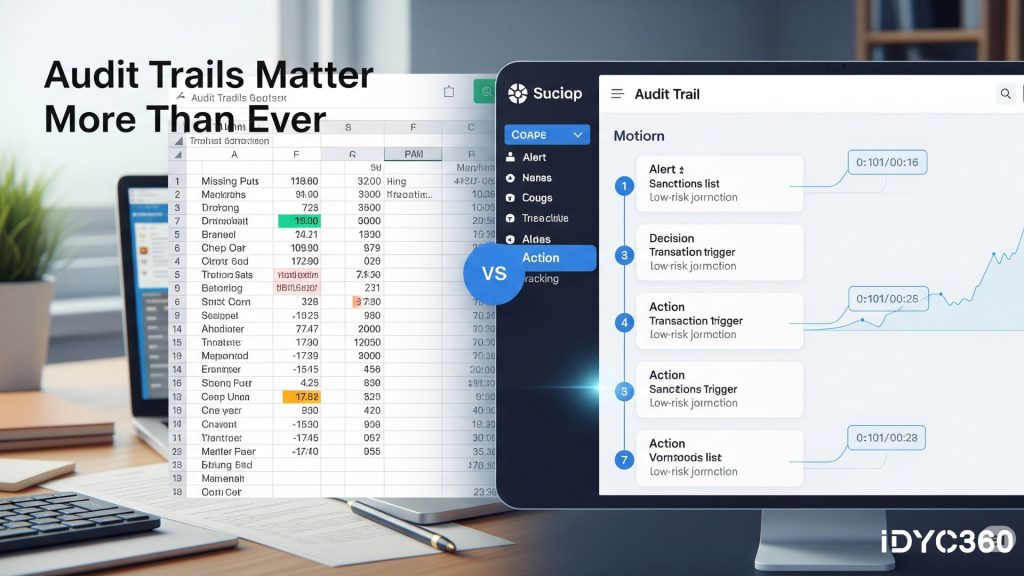
In today’s environment, regulators expect banks not only to make good decisions but also to prove how they made them.
This means:
- Documented rule logic and version history
- Case decisions tied to data and rationale
- Timely reporting with traceable workflows
- Risk-based customer monitoring backed by explainable AI
Spreadsheets, manual logs, and ad hoc notes are no longer defensible. Regtech gives banks the infrastructure to meet these expectations without losing transparency or auditability.
If anything, it improves regulator confidence, not erodes it.
How IDYC360 Helps Banks Adopt Regtech—Without Losing Control
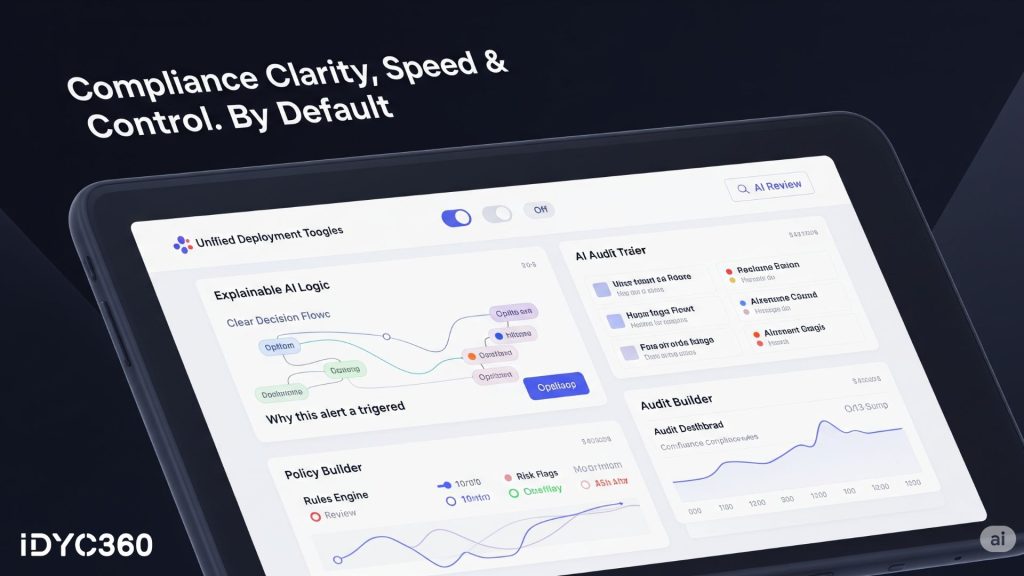
At IDYC360, we help banks modernize their compliance stack without compromising their policies, processes, or regulatory posture.
Here’s how we make the transition seamless and secure:
Modular Deployment
Integrate only what you need—onboarding, monitoring, reporting—without replacing your core systems.
Policy-Driven Workflows
Define rules, thresholds, and approvals on your terms. We handle automation. You keep governance.
Explainable AI by Default
No black boxes here. Every score, alert, and decision includes human-readable reasoning and source linkage.
Full Audit Trail Visibility
Track every action, override, and timestamp across your team. Easily exportable for internal audit or regulatory exams.
Secure, Scalable Infrastructure
Our platform supports large banks, regional players, and everything in between, with zero compromise on data control.
Regulatory Alignment
Stay aligned with FATF, FinCEN, RBI, MAS, and EU AMLA guidance. Our compliance models adapt to your jurisdiction.
With IDYC360, banks don’t lose control—they gain clarity, speed, and strategic oversight.
Final Thoughts

Regtech adoption doesn’t mean giving up control. It means giving compliance teams the tools they need to act faster, defend better, and scale smarter.
Banks that embrace supervised automation, explainability, and modular transformation will outpace regulatory change and outperform legacy-bound peers.
The risk isn’t adopting regtech. The risk is delaying it.
Ready to Stay
Compliant—Without Slowing Down?
Move at crypto speed without losing sight of your regulatory obligations.
With IDYC360, you can scale securely, onboard instantly, and monitor risk in real time—without the friction.




